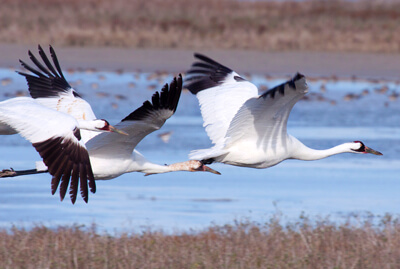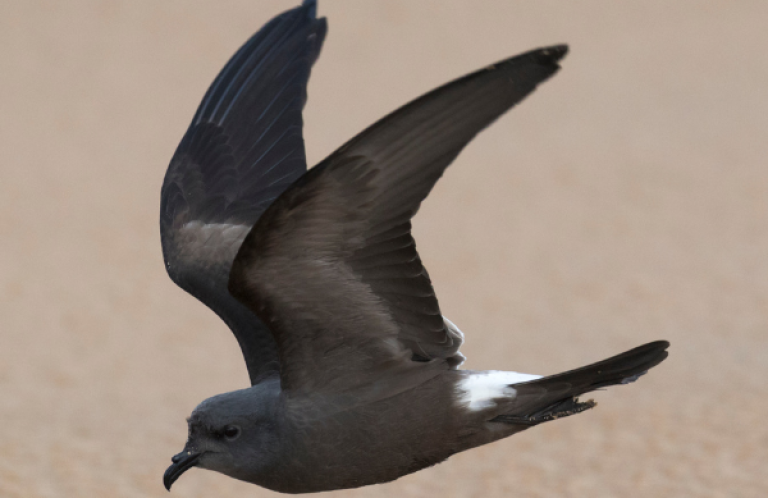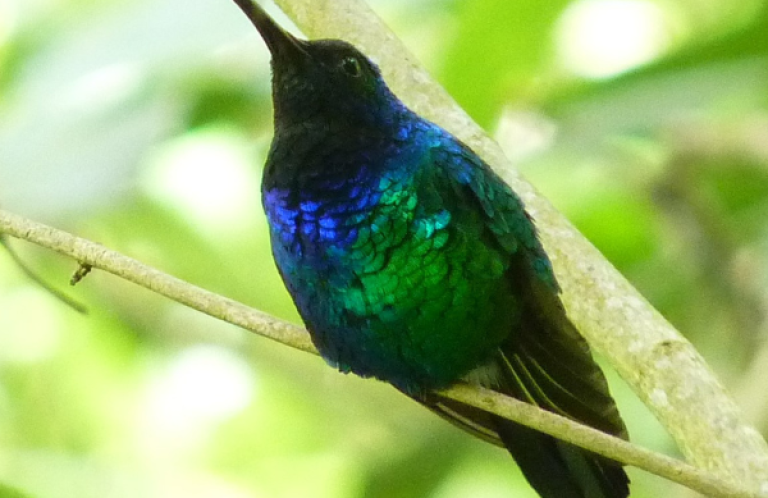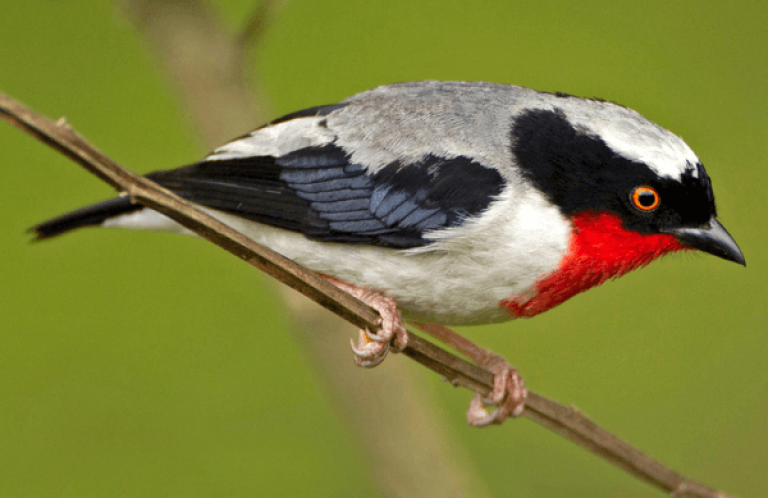Potential Whooping Crane Deaths Demand EIS for North Dakota Wind Project, Groups Say
 |
| Whooping Cranes by Laura Erickson |
(Washington, D.C., February 8, 2013) Seventy-six groups led by American Bird Conservancy (ABC), one of the nation's leading bird conservation organizations, have called on the U.S. Fish and Wildlife Service (FWS) to fully analyze the environmental consequences of a proposed North Dakota wind farm to the endangered Whooping Crane. FWS is considering issuing the first-ever Incidental Take Permit (ITP) to a wind farm for the killing of endangered Whooping Cranes and threatened Piping Plovers.
“Because there are fewer than 400 individual Whooping Cranes left in the wild, a decision to potentially authorize the killing of any of these birds is of great public concern,” said Kelly Fuller, Wind Campaign Coordinator for ABC. “This is also a precedent-setting decision that the agency should take the time to make sure is done right.”
FWS is being asked by the groups to prepare an Environmental Impact Statement (EIS) in contrast to an abbreviated Environmental Assessment (EA) in connection with the Habitat Conservation Plan being prepared for the Merricourt Wind Power Project in North Dakota, related to a permit allowing the project to kill endangered Whooping Cranes and Piping Plovers. A letter signed by ABC and 76 groups raises concerns about the project and asks for an EIS.
The groups called for the action on the proposed 100-turbine project that would be built in a key migratory pathway for many birds in the Prairie Pothole Region of North Dakota. The Prairie Pothole Region is sometimes called “North America's duck factory.”
The highly endangered Aransas-Wood Buffalo population of Whooping Cranes is likely to be adversely affected since the entire population migrates through North Dakota in the spring and fall. FWS has already stated that the “mortality of any birds in such a small population also represents a loss of genetic material and represents a setback for recovery efforts.” Because of a recent change in the methodology of counting the cranes in this population, DOI does not even know with any degree of certainty, how many of these Whooping Cranes are actually left.
The comment letter asks DOI for three things:
- Preparation of a full Environmental Impact Statement (“EIS”) which the groups say is warranted under NEPA as opposed to the proposed, much shorter Environmental Analysis;
- To extend the scoping comment period by 30 days since there has been inadequate public participation; and
- To publish notice of the scoping comment period in the Federal Register, so that the public will have better notice.
According to ABC, both the Whooping Crane and Piping Plover are the subjects of intensive conservation efforts. The Whooping Crane, in particular, has been the focus of a multi-million dollar captive breeding and recovery program.
The Merricourt Wind Project proposes to build approximately 100 turbines within a 22,400-acre project area and build about 33 miles of access roads. DOI has advised the project developer that the wetland stopover habitat in the project area is critical to the survival and recovery of the Whooping Crane. The site is also about two miles from designated critical habitat for Piping Plovers. In addition, DOI has told the developer that three ESA candidate species may be present at the site (Sprague's Pipit, Dakota skipper, and Powesheik skipperling).
The controversial wind project has already been the subject of at least three lawsuits. After a utility company, Xcel Energy, cancelled its contract to purchase electricity from the project, reportedly due to the project's Whooping Crane and Piping Plover issues, Xcel and the project developer, enXco, sued each other in U.S. District Court in Minnesota. In 2012, ABC successfully sued DOI for failing to provide information about certain wind facilities, including the Merricourt Wind Power Project, as required by the Freedom of Information Act.


















































